We’re excited to introduce you to the always interesting and insightful Chris Saper. We hope you’ll enjoy our conversation with Chris below.
Chris, thanks for taking the time to share your stories with us today. We’d love to hear about a project that you’ve worked on that’s meant a lot to you.
Every portrait has its own story, and I’ve been privileged to experience more than 400 during my portrait painting career. One portrait I particularly enjoyed painting was that of Ernest Moniz, US Secretary of Energy.
Setting up the photo shoot with him was fun- his desk was a canyon of folders and documents and papers and looked like it belonged to a professor in physics. Which it, in fact, did. (He was on leave from MIT for his stint in the US Cabinet.)
He was engaged in every decision about what to include (he wanted to include a lot, I wanted to exclude a lot) and we ultimately decided to show him is as a working scientist/administrator, including elements like the US Iran Nuclear Agreement negotiated during his term (a completely unpretentious little time, printed on paper and spiral bound), a photo of him working out a physics equation on a napkin during one of the negotiations and the US flag that had flown over every one of the 17 DoE laboratories he managed.
Dr. Moniz is a brilliant man – generous, kind and funny, and was gracious beyond words.
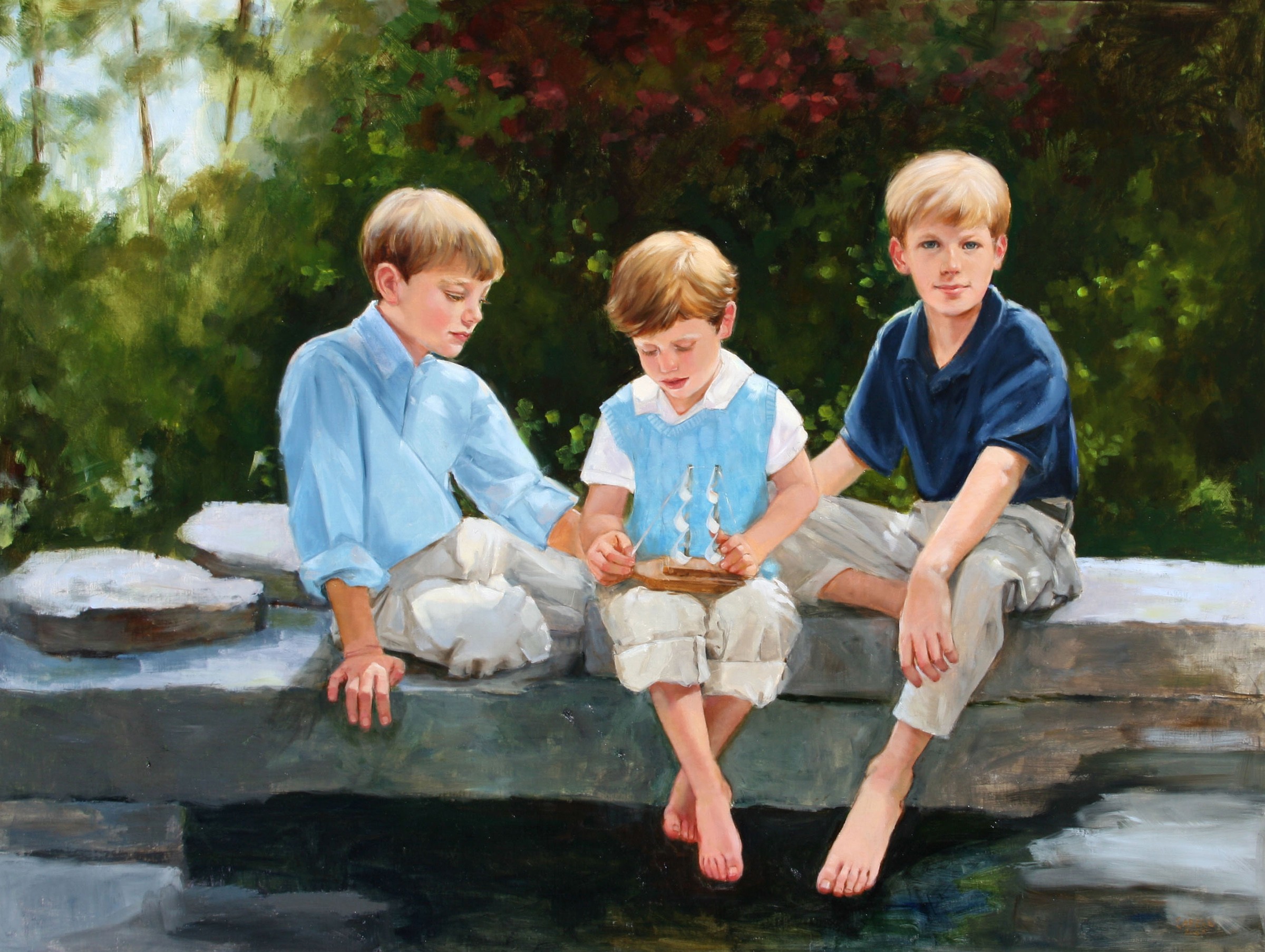
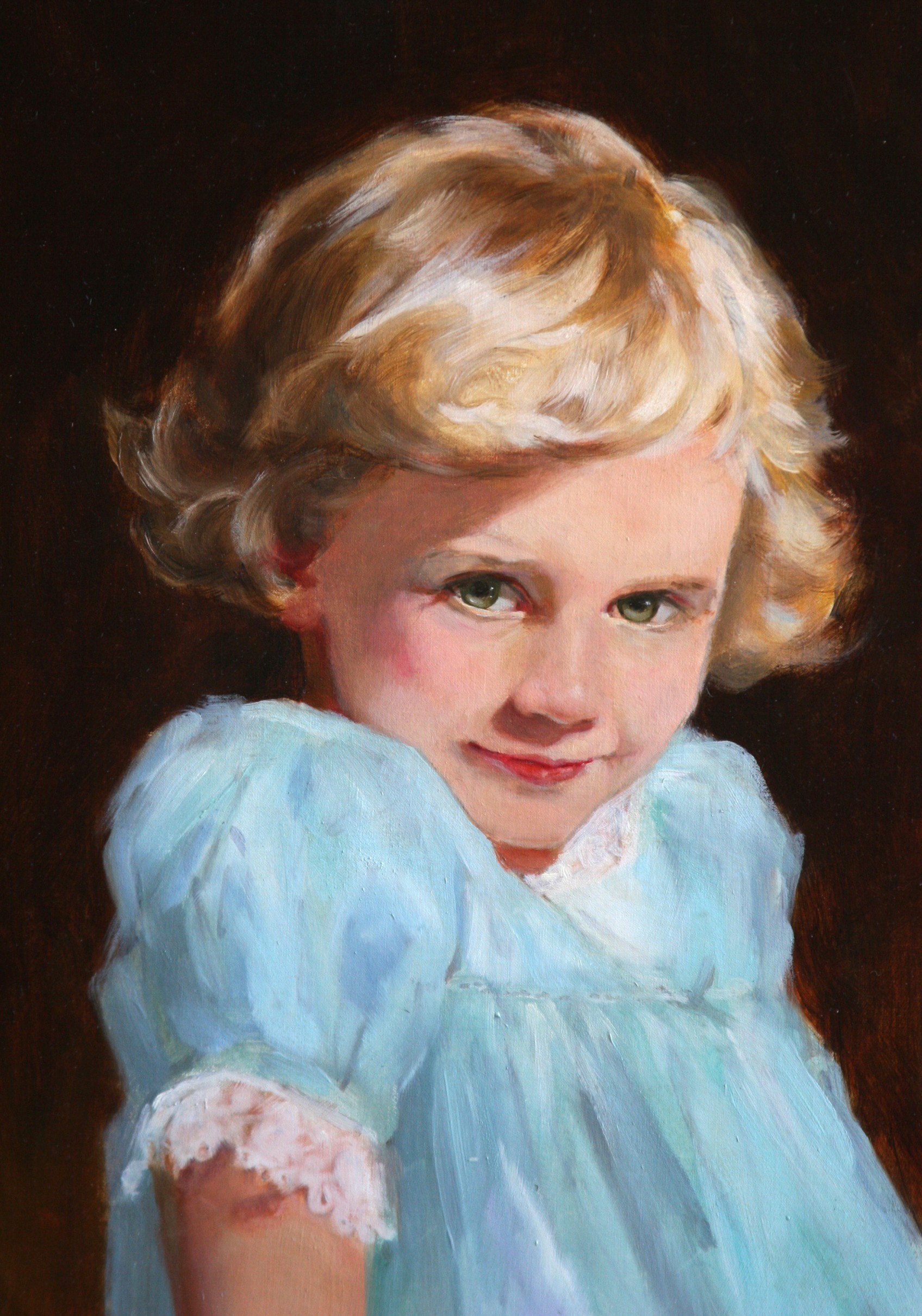
Great, appreciate you sharing that with us. Before we ask you to share more of your insights, can you take a moment to introduce yourself and how you got to where you are today to our readers.
When I graduated from the University of Wisconsin with a major in fine arts, it took all of about three seconds to realize I’d never be able to pay my rent that way. I took up a Master’s degree in hospital administration, taking me from Madison to Missouri and ultimately to Phoenix, where I still live. I worked in the field for 17 years, involved in projects including the establishment of trauma centers, strategic planning, and the opening of Phoenix Children’s Hospital.
When my first child was born, I became interested again in painting, and thought, “Hey! If I can figure out how to market pediatric services, I can certainly figure out how to market commission portraits.” I built a business plan to transition careers and within five years was working full time as a portrait painter, and discovered how very similar those seemingly dissimilar fields really are.
As a healthcare executive, I gained essential skills that came to serve me later – becoming comfortable with public speaking, feeling at ease in demonstrating how to paint a portrait from life for an audience of 300, or in teaching one of countless workshops I conducted during the years I taught painting. I love data and market research, skills that also served me well in terms of understanding portfolio development, and direct and indirect marketing. During my health care years, I wrote countless white papers, demand analyses and grant applications, all of which enabled me to become a strong non-fiction writer, ultimately authoring four books and four DVDs on the “how-to’s’ ‘ of portrait painting. Likewise, the decision-making process in both fields is similar- looking at problems (introducing a new subspecialty service to patients or how to conquer a looming white canvas) that can’t be solved in a linear fashion.
Mostly, though, I have loved meeting so many amazing people whose paths I’d have never crossed had I stayed in one geographically centered career. I value communicating clearly with my clients and subjects and feel that I can make them feel at ease with an unfamiliar process, encouraging them to become my partner and to let me know what they prefer or dislike, so I can tailor the entire process toward that end. I think of commission portrait painting as part skill, part service.
During the past five years, I’ve been learning to write fiction, which is a challenge since good non-fiction writing requires the removal of ambiguity – whereas creative writing relies on it. I expect my second novel to be completed this year.

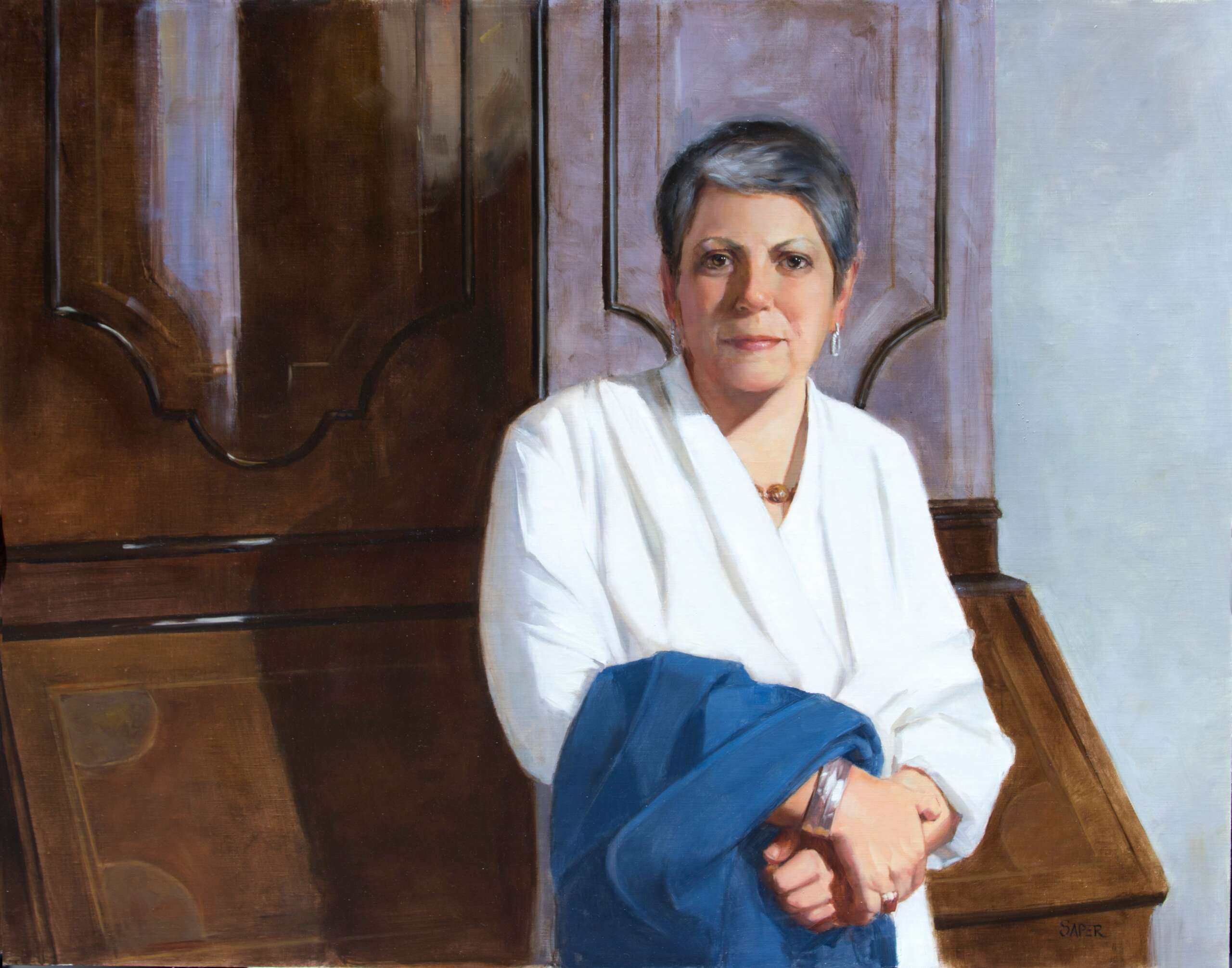
We’d love to hear a story of resilience from your journey.
I’ve often been asked if I am intimidated by public speaking or doing painting demonstrations for audiences. I have to laugh at that, recalling a time when I was the administrator assigned to staff a medical staff meeting with 50 (justifiably) very angry doctors. My former boss, the CEO stood up, told them a bald-faced lie and said, “I have to be somewhere, Chris, take over the meeting.” After that, ANY audience was easy.
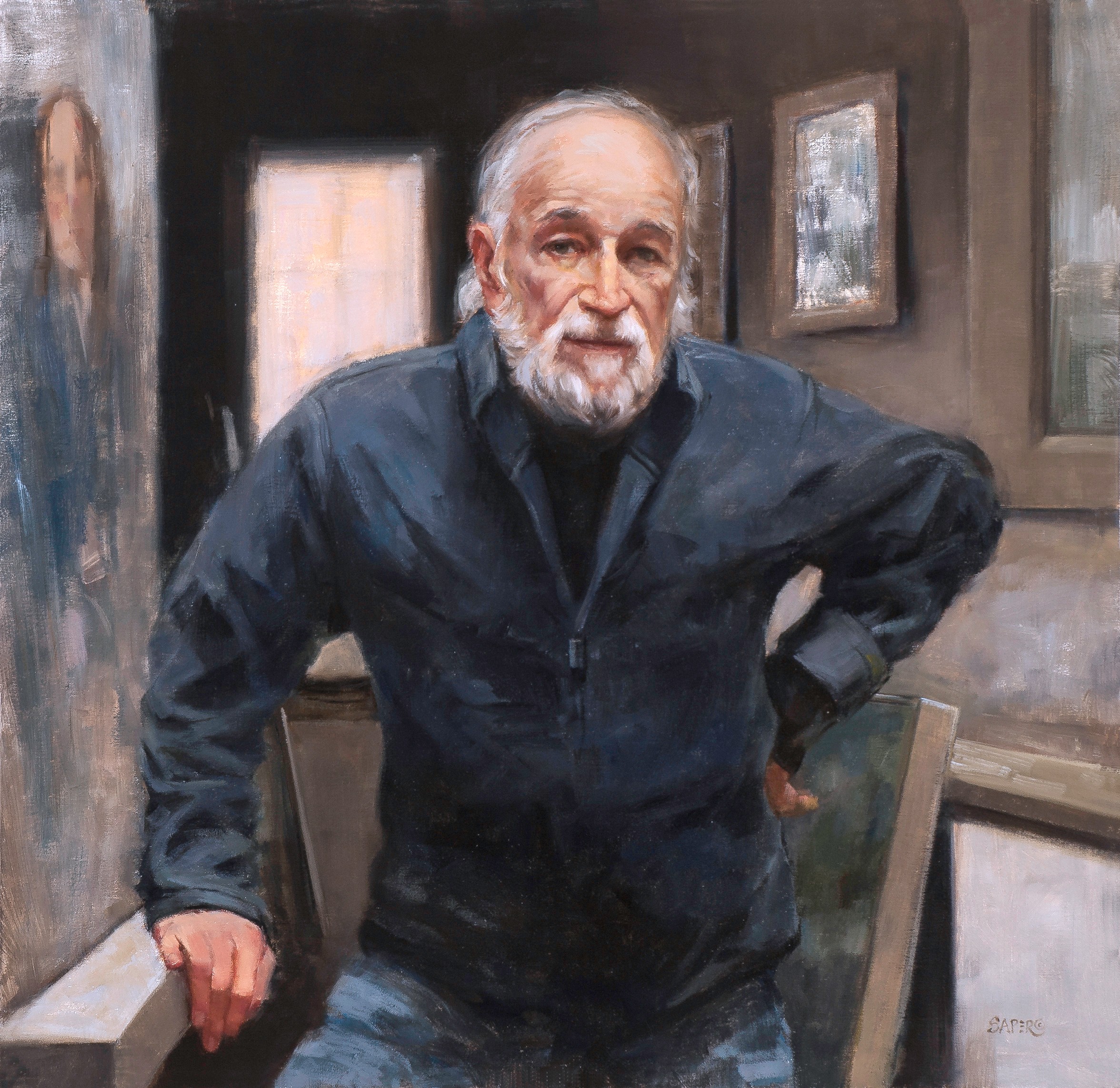

What’s a lesson you had to unlearn and what’s the backstory?
Failure. I’m not sure it’s a lesson I had to unlearn, but it’s one that I embrace with my entire being, and one I have always stressed with my students. Those most willing to fail and start over time and again are the students who will be successful.
I relate an anecdote from the fabulous “Art & Fear” book by Ted Orland and David Bayles: In the last week of pottery class, a college professor separated students into two groups for their final grades. One group was to be graded on making a single, best, most perfect pot they could in the week’s time. The second group would be graded on the number of pots they produced that week. You can guess which group produced the best results.
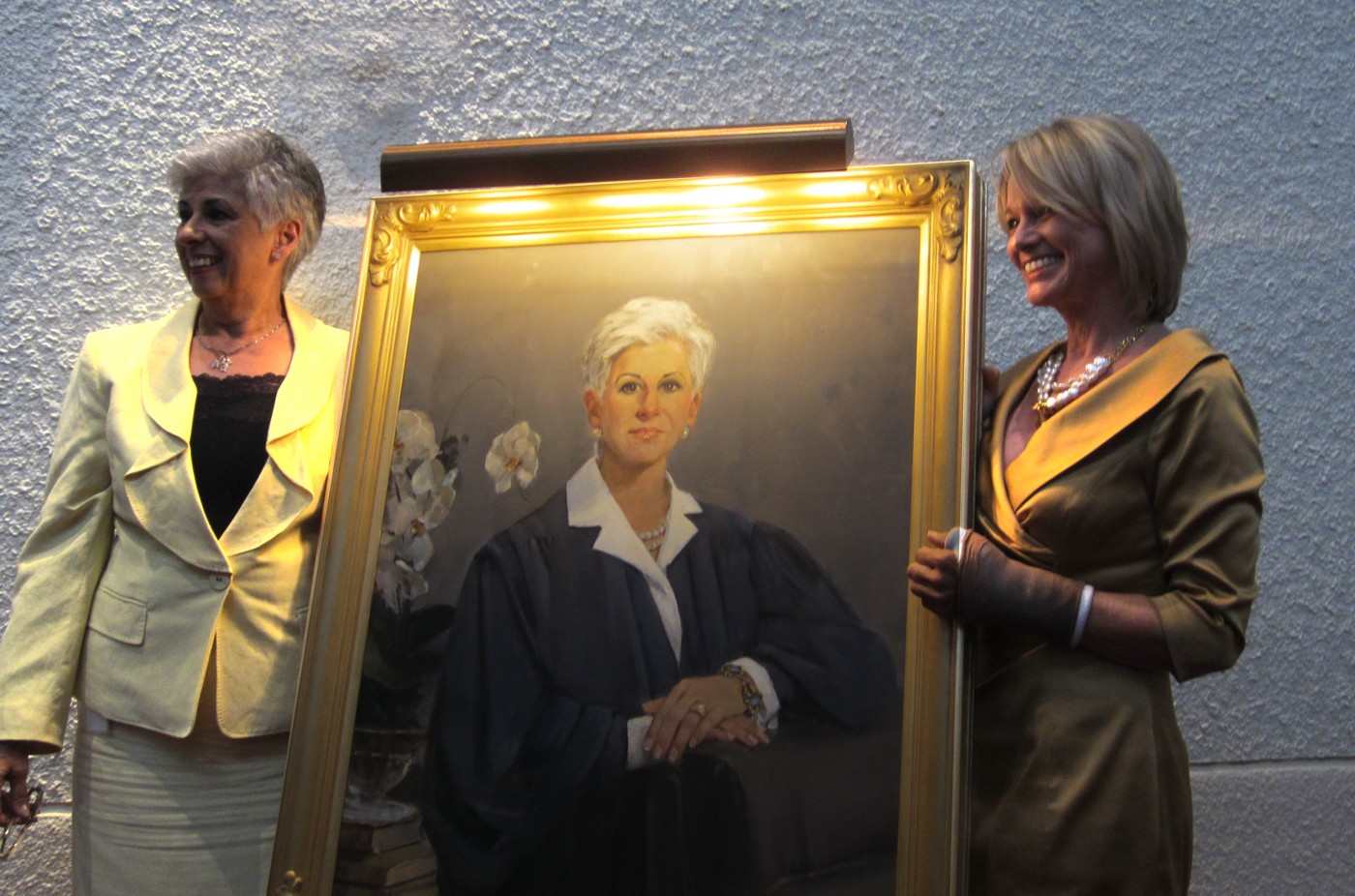

Contact Info:
- Website: https://www.chrissaper.com/
- Instagram: https://www.instagram.com/chris_saper/
- Facebook: https://www.facebook.com/profile.php?id=100063782490230
- Linkedin: https://www.linkedin.com/in/chris-saper-6847565/
- Youtube: https://www.youtube.com/user/chrissaper
- Other: Amazon books: https://www.amazon.com/Books-Chris-Saper/s?rh=n%3A283155%2Cp_27%3AChris+Saper
Image Credits
All photos taken by me or a family member/friend. I have permission from all my clients to reproduce their images.


